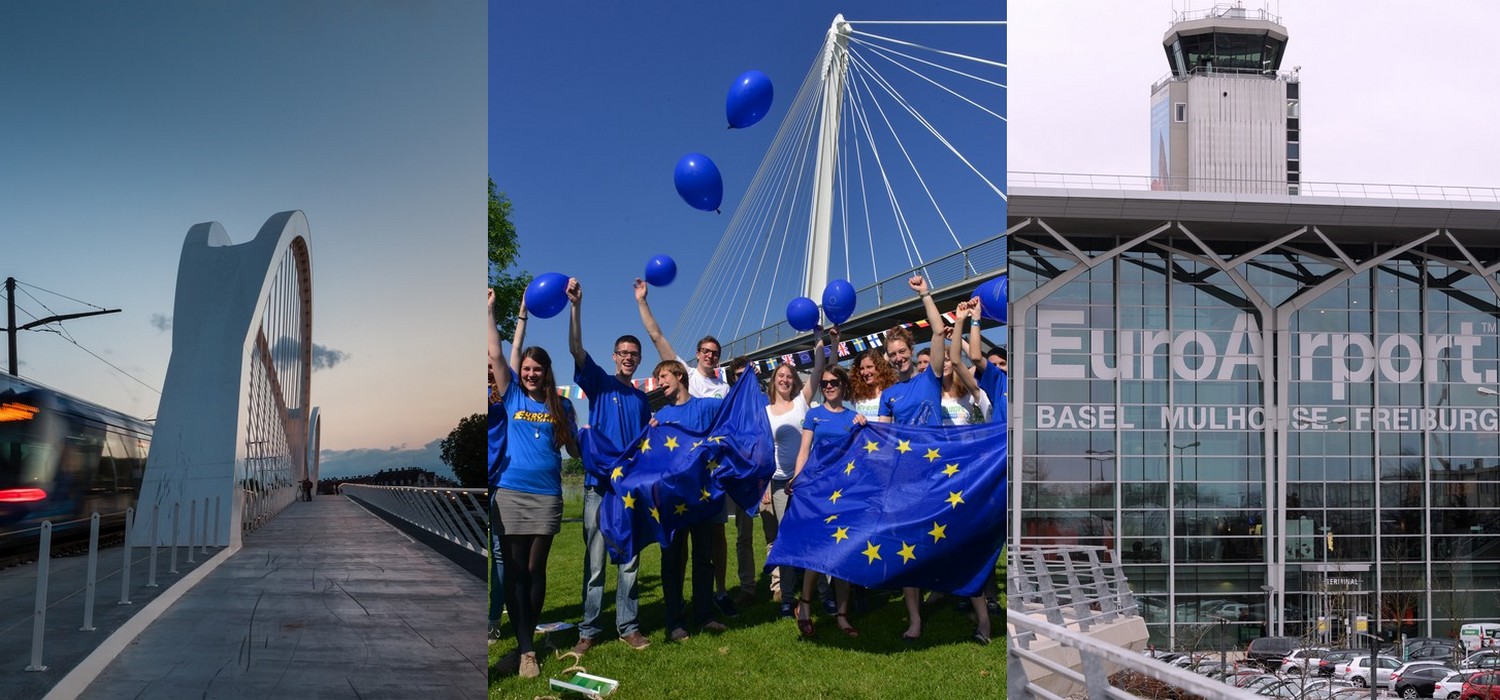Sommaire
Located in the heart of Europe, the Grand Est region is the cross-border region par excellence, with nearly 760 km of borders including 450 km of Franco-German borders. It has four neighbouring countries (Germany, Belgium, Luxembourg and Switzerland) and actively participates in three cooperation areas, the Upper Rhine, the Greater Region and Champagne-Ardenne / Wallonia. Cross-border cooperation remains an important development issue for the partners of these three border areas.
Strategic cross-border orientations for the Grand Est Région
Due to its geographical position, the Grand Est region is the most concerned by frontier workers. Of the 370,000 people living in metropolitan France who report working in a neighbouring country, 164,200 live in the Grand Est region (44%), with a high concentration on the Luxembourg and Swiss borders.
The Region and its partners have set up information and support services to work or take full advantage of border life, such as the Upper Rhine Infobest network, the CRD Eures Frontaliers Grand Est and the Centre Européen de la Consommation (European Consumer Centre). In addition, daily actions are carried out in the heart of the regions thanks to the strong involvement of the five Eurodistricts of the Région Grand Est.
The European Union, through its Interreg programmes, supports cross-border cooperation and setting up innovative and structuring projects, but also carrying out microprojects to encourage citizens to fully take part in border life. The projects cover many topics (economy/innovation, training, transport, universities, environment, culture, regional planning, and so on.).
Political institutional life is also structured to stimulate a dynamic, define common orientations and initiate projects. The work of the Upper Rhine Conference, the Rhine Council, the Interregional Parliamentary Council, and the Executive Summit are essential to the overall dynamic.


